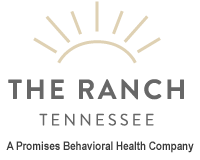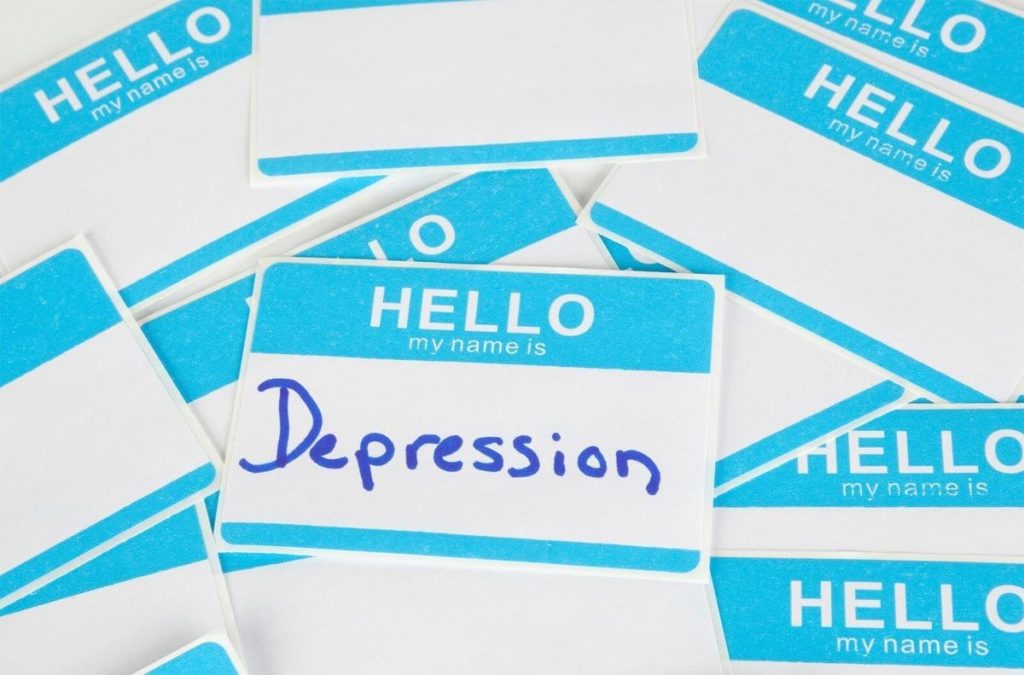If you’ve been diagnosed with depression, chances are you’ve tried the standard treatments —medication and talk therapy. There’s a lot of evidence these are effective. But what if they aren’t effective for you? Do you accept a life marred by depression? Michael Baron, MD, medical director at The Ranch depression treatment center in Tennessee, says absolutely not. New treatments for depression are being studied all the time. They are changing the lives of people who had just about given up hope. Here are a few options to consider:
#1 Ketamine Therapy
An article in the Washington Post called ketamine for depression “the most significant advance in mental health in more than half a century.” Studies over the past decade show ketamine can be effective for treating severe, treatment-resistant depression and suicidal thinking. Marked antidepressant effects have been noted in a short period of time, particularly when compared to standard antidepressant drugs which can take months to work and even then results are mixed. Some of the nation’s leading medical centers, including the Cleveland Clinic, Yale University and the Mayo Clinic, offer ketamine therapy for depression. Given these results, it’s expected that the American Psychiatric Association (APA) will approve ketamine as a form of antidepressant therapy. “This is the next big thing in psychiatry,” psychiatrist and member of the APA task force establishing ketamine guidelines L. Alison McInnes, told The Post. While McInnes touted a 60% success rate, anesthesiologist Enrique Abreu set his success rate closer to 75%. Dr. Baron implemented ketamine therapy for treatment-resistant depression early in 2015 at The Ranch. “We’re seeing dramatic results,” he says. “We’ve treated people who are profoundly depressed and actively suicidal, who have tried every medication and lost all hope. After two to three ketamine treatments, their despair began to lift. By the sixth treatment, they felt hope for the first time.” Ketamine is an anesthetic most often used in emergency rooms and in veterinary medicine. Some people know ketamine as a hallucinogenic party drug that goes by the street name Special K and has the potential for abuse. Administered by intravenous infusion, the dosage used to treat resistant depression is much smaller (about one-10th) than the dosage used to provide anesthesia. It’s not a first-line treatment for depression for a variety of reasons. Ketamine is a drug, and like all drugs, it has side effects. Some patients have reported hallucinations and dissociation, or feeling separated from their bodies. Also, depression symptoms may return unless the therapy is repeated periodically, though most patients are accepting of the need for booster treatments. More research is needed to fully understand the long-term effects and to set standards around its use. Given that it’s both effective and affordable, demand for ketamine is reaching new heights. Just a few years ago, it was tough to find doctors who would administer ketamine. Today, you can find a ketamine clinic in most major cities. This is both a blessing and a curse, says Dr. Baron. As a member of the Tennessee Board of Medical Examiners, Dr. Baron is privy to information about misuses of ketamine that raise concerns. Each dose of ketamine costs about $2, but some providers charge as much as $1,500. While some of the expense can be legitimately attributed to equipment and monitoring, some providers are taking advantage of the demand. “Some entrepreneurs are charging absurd fees and administering the drug improperly in day surgery centers. They aren’t psychiatrists and they’re doing it strictly for the money,” says Dr. Baron. “Because of abuses like this, there’s a risk that the FDA will more tightly regulate the drug’s use in depression treatment. Ketamine can get a bad name when it’s really a very useful, effective and inexpensive medication.”
#2 Repetitive Transcranial Magnetic Stimulation
Another approach that has proven effective for severe, treatment-resistant depression is repetitive transcranial magnetic stimulation (rTMS). In this form of brain stimulation therapy, a doctor uses an electromagnetic coil next to the patient’s forehead that passes magnetic pulses to activate parts of the brain. Sessions typically last less than an hour. The goal is to reset brain wave frequencies to normal levels, which improves symptoms of depression. Although adverse effects are typically mild, there are risks that merit using rTMS only if standard depression treatments don’t work. “rTMS is based on principles of neuromodulation but there is no strategy to induce a seizure and no need for general anesthesia,” Dr. Baron explains. “The patient is completely awake and alert, sitting in a chair reading or watching a movie or whatever they like.” The results aren’t as dramatic as ketamine therapy but they’re still impressive. For patients at The Ranch who have completed 20 sessions, each 20 minutes long, response rates are around 50%, says Dr. Baron. Using the Hamilton Depression rating scale, he has found that patients experience a remission rate (complete absence of depression symptoms) of 41%. For patients who complete 30 sessions, the response rate increases to 75% with a 65% remission rate. “This is truly life-changing for people who have not responded to other types of depression treatment,” says Dr. Baron. Patients are likely to need some sort of maintenance treatment; for example, one treatment per month or every other month. But Dr. Baron reports “most patients don’t mind because it means having a normal life free of depression.”
#3 Exercise and Meditation
Volumes of studies show that exercise and meditation can help people manage depression. More recent research has found that doing the two in combination can have an even greater impact. When participants engaged in meditation and aerobic exercise together, twice a week for two months, they reported a 40% reduction in depression symptoms. The routine was simple: 30 minutes of meditation where participants redirected their thoughts to their breathing if their minds began to wander, followed by 30 minutes of aerobic exercise. The researchers believe aerobic exercise increases the number of new neurons in the brain, allowing people to learn new skills and process difficult memories. “We know these therapies can be practiced over a lifetime and that they will be effective in improving mental and cognitive health, says the study’s lead author Brandon Alderman. The good news is that this intervention can be practiced by anyone at any time and at no cost.”
#4 A New Medication
Chances are you’ve already tried at least one medication, and perhaps many, but that may not mean that drug therapy shouldn’t be part of your recovery. You may have to try again and again, with different medications in different combinations, before you find something that works for you. Researchers are continually evaluating new drugs and developing new medications. Just recently, drug manufacturer Alkermes completed a clinical trial testing a medication that targets the brain’s opioid receptors as opposed to traditional antidepressants that target the serotonin system. “We know that more than half of patients with major depression won’t respond to the first antidepressant they try, and almost 40% will continue to have symptoms even after switching to or adding different drugs,” says lead study author Maurizio Fava, MD. The researchers believe that targeting dysregulation in the opioid system will be effective for many who have not experienced relief through other medications, with minimal side effects and a low likelihood of abuse.
#5 Virtual Reality Therapy
Mental health treatment is moving into the virtual realm. Here’s an example of how virtual reality therapy worked in one study in the British Journal of Psychiatry Open (BJPO). Wearing a headset, participants saw an avatar mimicking them move-for-move and were trained to show compassion to an upset child avatar. Then the roles reversed and the person with depression became the child and heard their own comforting words back from an adult avatar. The experience was repeated several times a week for one month. The goal was to replace self-criticism, which is common among people with depression, with compassion toward themselves. Does it really work? In the BJPO study, four out of 15 patients experienced a clinically significant reduction in the severity of their depression symptoms. But more study is needed. If the approach proves effective in larger, controlled studies, researchers are hopeful because virtual reality therapy has been effective for treating other issues such as post-traumatic stress disorder and can be done at home using a low-cost virtual reality system. Could one or more of these approaches help you get your life back? Because the treatment landscape is ever-changing, there is always hope. Whether it’s one of these therapies or something else, you don’t have to settle for barely getting by. Keep trying. Reach out for help if you don’t know what to do next. There are 350 million people worldwide struggling with depression and brilliant minds continue searching for new answers to help them. By Meghan Vivo


